In creating a contemporary ode to the island’s culinary heritage, three siblings give new meaning to the island’s flavours. Eleni Philippou pulls up a chair
Food is a family affair, a sentiment embraced by the three siblings Evanthia, Stavros and Kyriakos Fokou, who are behind the award-winning restaurant To Patriko, in Tersefanou village. Their culinary journey began in 2012 with a humble kebab shop, evolving into a gastronomic haven that redefines Cypriot cuisine.
To Patriko stands as a contemporary ode to tradition, honouring a favourite activity for islanders – eating. From serving souvlakia in a modest kitchen in their village, the establishment transformed over the years into a tavern-like eatery, and eventually a gastronomic tavern with Kyriakos as the chef, and Stavros and Evanthia behind the scenes and on service.
Evolution persisted, leading To Patriko into its current phase – a fine dining establishment offering contemporary Cypriot cuisine. At first, it had a meze-style menu to maintain the element of sharing food that is so embedded in local culture. The shift to a tasting menu marked a pivotal moment, allowing more exploration and elevating the culinary experience for patrons.
With over a decade of experience, the Fokou siblings have become connoisseurs of the island’s flavours. To Patriko serves a diverse array of local delicacies, ranging from ancient staples to lesser-known treasures. On the menu, you’ll find different types of Cypriot pasta, meats, sauces, all cooked using local herbs such as myrofora lavender, native to the Mediterranean region, and others relatively unknown even to some locals. Through its experimentation with indigenous Cypriot cooking, To Patriko is on a mission to elevate traditional Cypriot cuisine.
“People think that Cyprus cuisine is souvlakia, sheftalia and souvla,” said Stavros. “But just that’s part of it.” He challenges the prevailing notion of Cypriot cuisine, emphasising that it extends far beyond post-80s meat-centric dishes. The true essence of local cuisine encompasses a rich tapestry of herbs, legumes and root vegetables and the siblings are on a journey to revive the authenticity of Cypriot culinary heritage.
“The old eateries are dying,” Stavros said, and perhaps the people have a part to play in this as Cypriot food doesn’t get the recognition it deserves. Local cuisine is rich and colourful and knowing its origins and its possibilities can boost its status. “Cyprus cuisine is a gastronomic fusion. We need to accept that we have a lot of influences from many countries and when combined there’s something very strong to build on,” h e added.
Stavros exemplifies this fusion by citing a dish that is often on the Cypriot family table, makaronia tou fournou (pasta in the oven), which combines Italian, French and Armenian influences – pasta, béchamel sauce and minced meat. He contends that Cypriot cuisine should be celebrated for its diverse influences.
“The land, the soil of Cyprus is strong, so our products are of high quality. We have some of the best olive oil and wine and we need to make a fuss about it.” To Patriko takes these local products and reconstructs them in a contemporary way, blending tradition and modernity.
“Tradition is fine dining,” Stavros said, explaining that there is a misconception about what fine dining is. It is not tiny pieces of food on big plates. “When your grandmother cooks something, she’s very proud of her olive oil, her bread, her tomatoes. Back in the day, many of them had their own land producing premium products without any pesticides. Fine dining is about the whole experience and when you use excellent materials in their authentic form, which is what our yiayia and pappou did, that is fine dining.” In this way, a small piece of good bread, tasty smashed green olives and a juicy tomato can become fine dining.
Having one foot in the past and one in the present is not just reflected in the food though. The restaurant’s logo has a backwards K in it. “If you want to go forward, you need to look back. That’s why our K is backwards. You can’t start something without having a foundation. Our foundations are the past.”
Their focus on Cypriot fine dining re-introduces all there is to learn about age-old and modern ways of making food and what local cuisine is. “The idea behind To Patriko is for people to know Cypriot cuisine and by developing it, it will not be lost,” Stavros said. Everywhere in the world, well-known chefs are taking local cuisine and elevating it. “It is the only way to keep it alive,” he added.
“I don’t think that people who deal with tradition today do it because they are connected to the past. You do it because you want something more for the future and you enjoy the process. In tradition, what is important is not just what was given to us but what we will give. It’s in the Greek word for tradition, paradosi, it was handed to us and now we want to see what we will offer.”
Marco Pierre White once said ‘A recipe can confuse you but a story can inspire you’ and this is Patriko, Stavros added. “Three siblings who started from a kitchen, growing and offering, dare I say, the only effort being done in Cyprus to develop contemporary local cuisine.”
The three siblings are also behind Maeirko, a contemporary local lunchtime eatery inside the Ayios Antonios Market in Nicosia.
- To Patriko: 99-870998,
- Maeirko: 96-644355



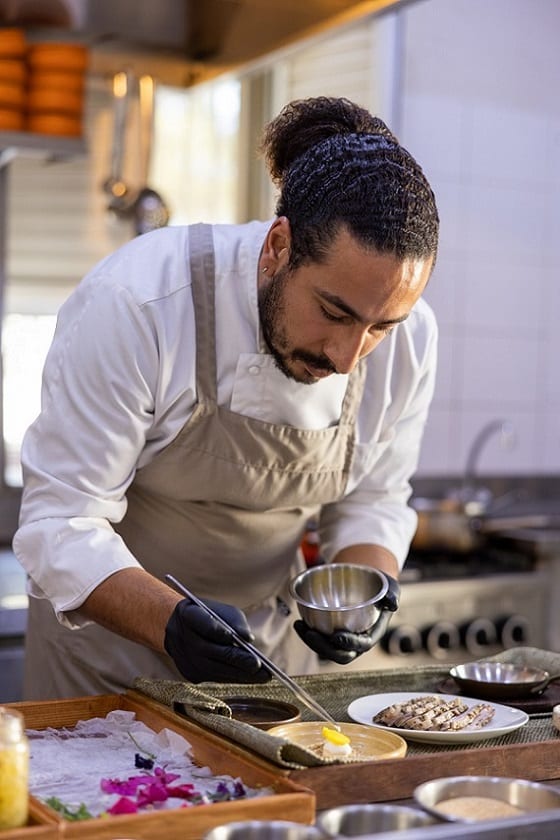
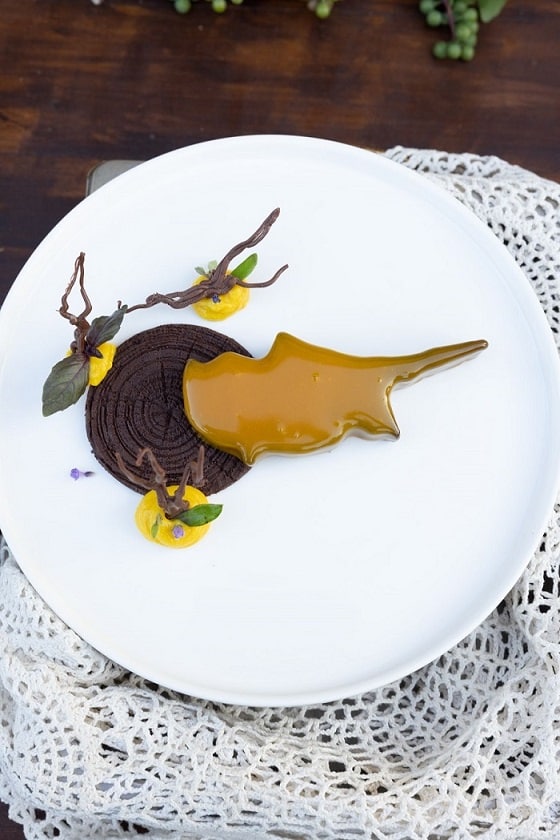

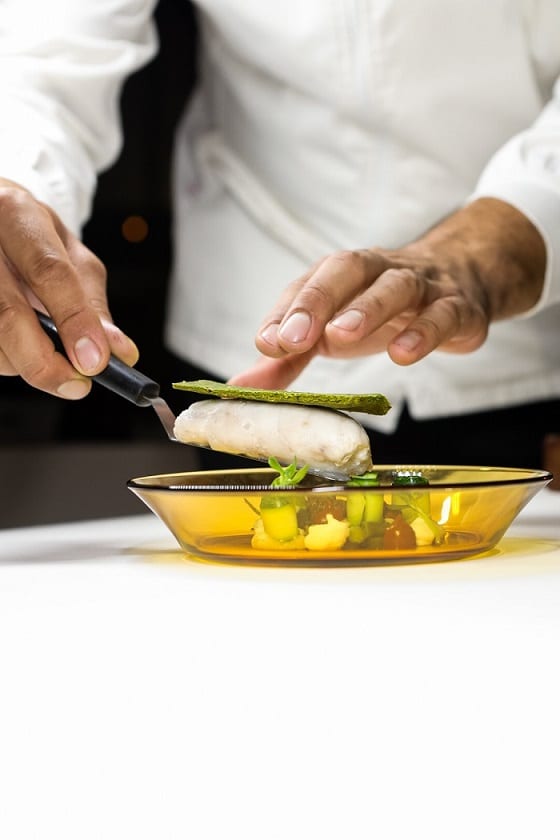
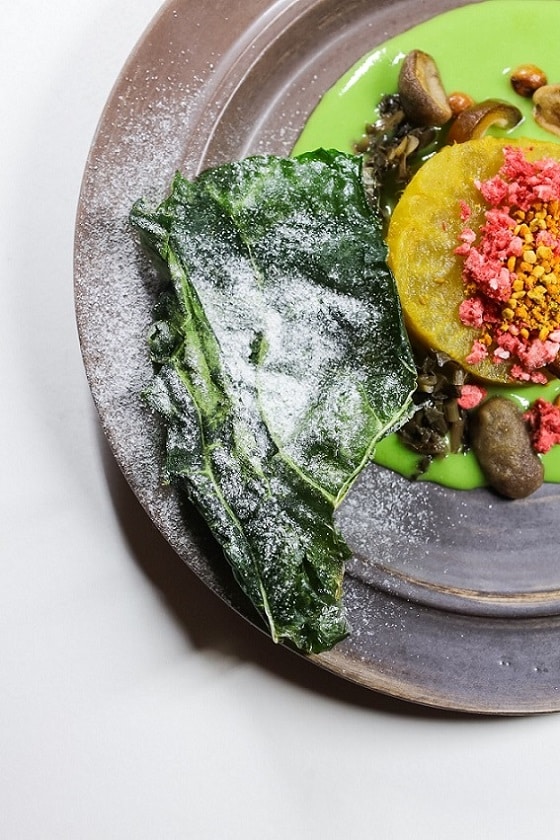
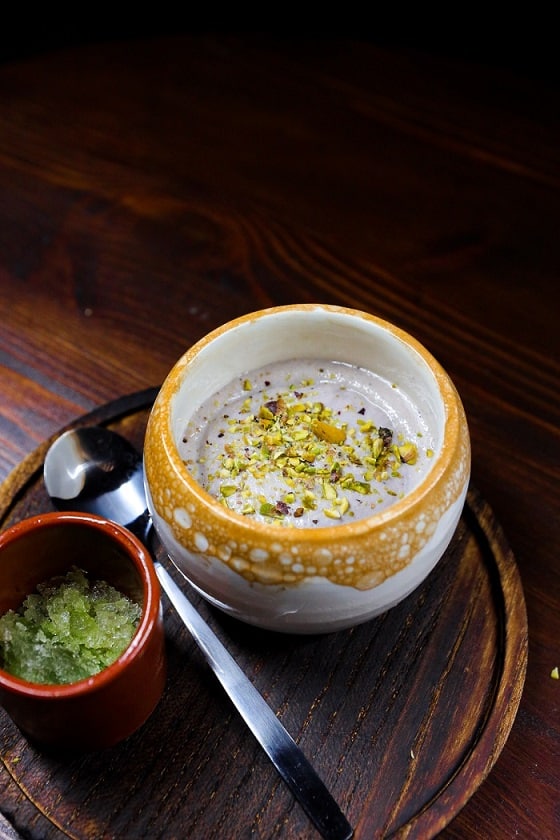





Click here to change your cookie preferences